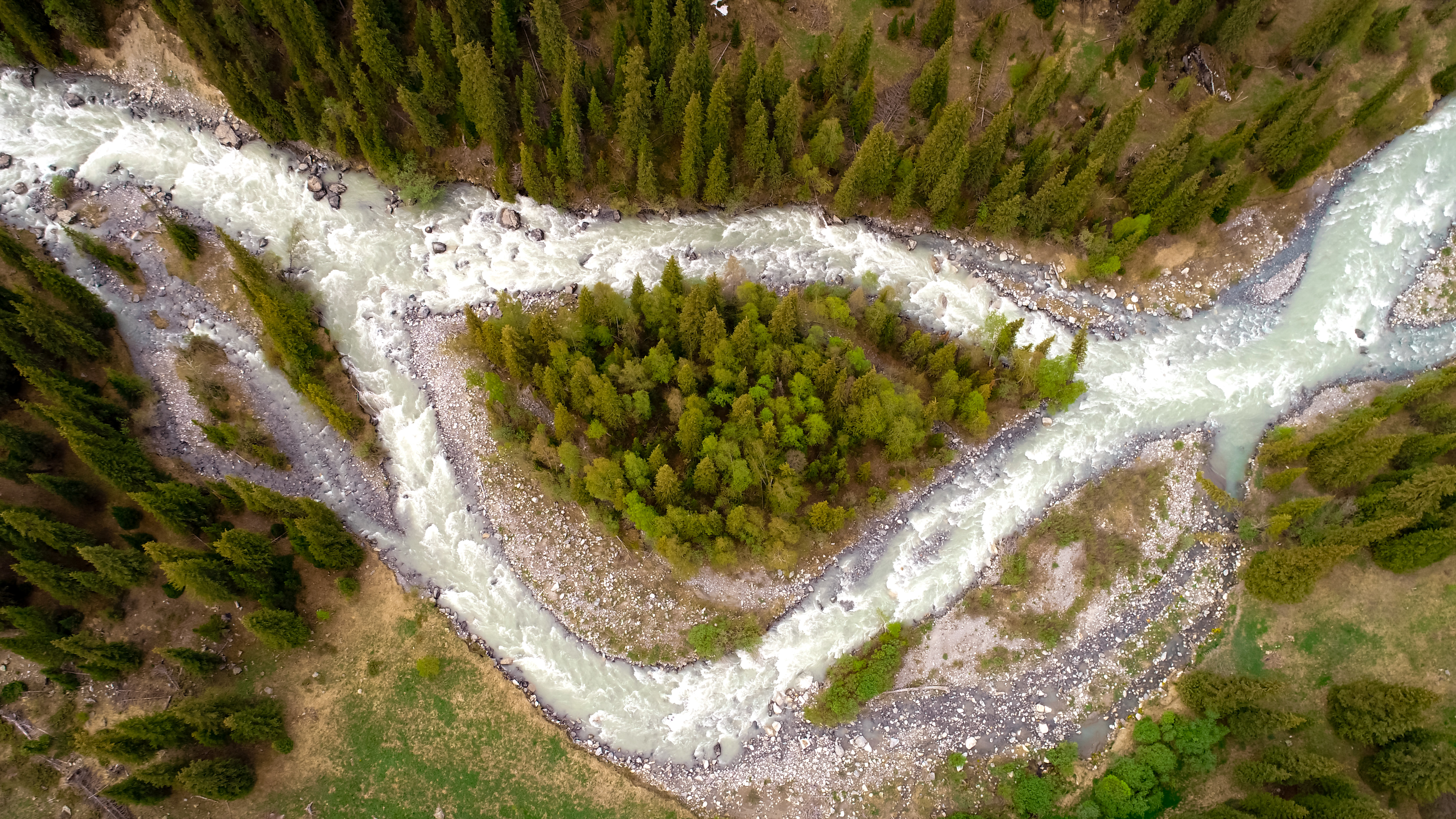
Forests are vital. They provide necessary services to humanity: clean air, housing, food, medicines and they protect against natural disasters. Forest ecosystems are home to many plants and animals – 80 percent of amphibian species, 75 percent of birds and 68 percent of mammals inhabit them. In addition, forests play a key role in combating climate change by absorbing carbon dioxide and regulating the temperature on the planet. They contain 660 million tons of carbon, which is more than half of the global carbon stock in soils and vegetation.
The twentieth century was marked by the active growth of economies and the welfare of people became a central concern of governments – new cities were built, existing areas were expanded, the volume of mining and production increased, agriculture and tourism actively developed. Such a leap forward was accompanied by both economic recovery and by negative consequences for nature.
Only from 1990 to 2020, our planet lost up to 420 million hectares of forests. Despite the fact that the rate of deforestation is decreasing, we are still losing up to 10 million hectares of forests per year. The reason for the loss of forests is anthropogenic human activity, forest fires, illegal felling and logging, unsustainable agriculture and pests.
Every time forests are lost, biodiversity is also reduced, ecosystems are destroyed, desertification is growing, animal and plant habitats are disappearing. All these factors directly affect the economic and social vulnerability of local populations, since the reduction of forest areas, in first place, threatens food security.
In Kazakhstan, forests occupy a relatively small territory – the country's forest cover is only 5 percent of the total land area. Forests are represented by main types such as forests of the forest-steppe and steppe zones, mountain forests, tugai and saxaul forests.
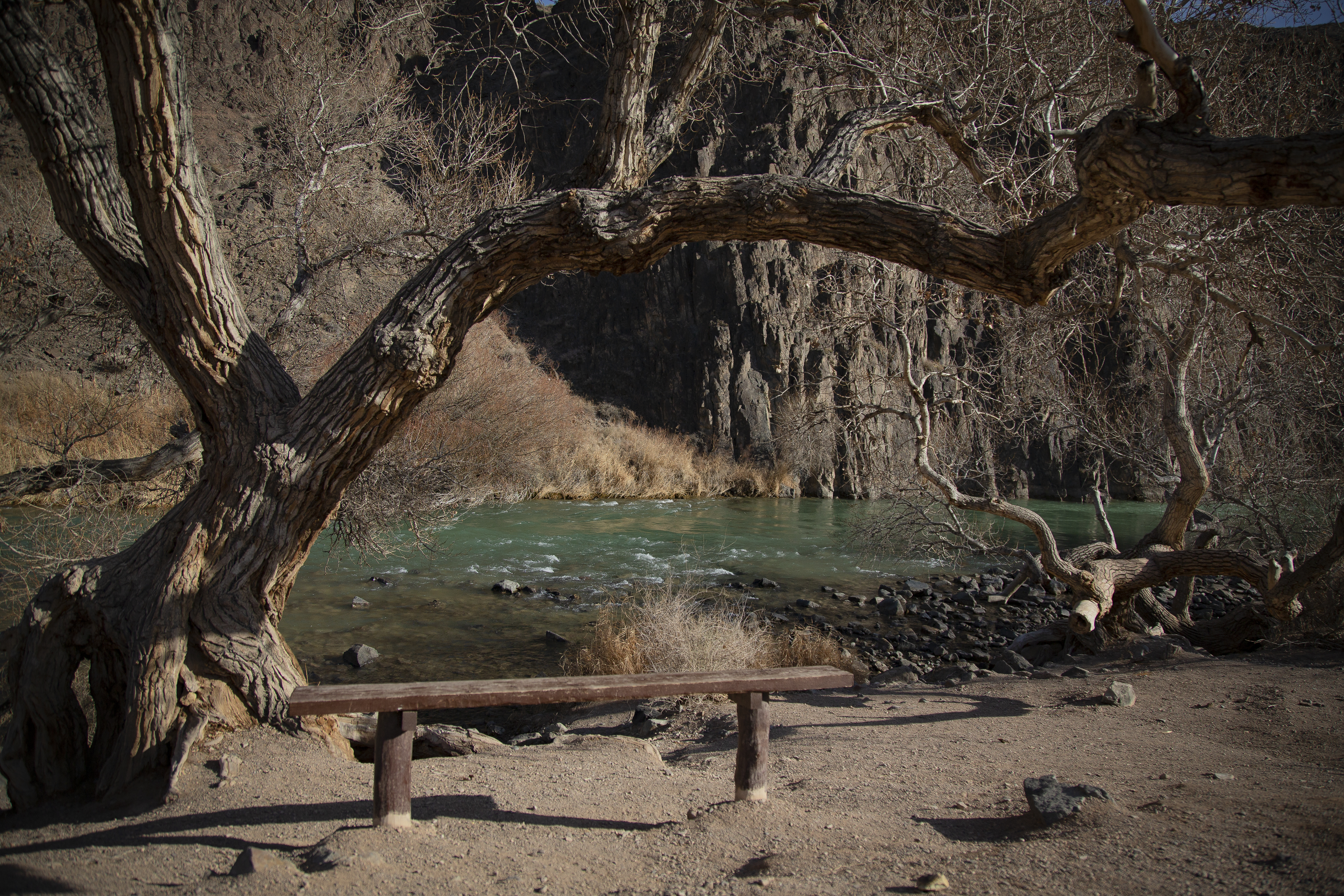
Today, the conservation and restoration of forests in the country is a top priority. Thanks to initiatives aimed at reforestation a tendency has emerged to increase the area of the state forest fund. Over the past 10 years, this area has grown by 8 percent, and today it accounts for more than 11 percent of the country's territory.
The protection of forests in Kazakhstan is provided by 122 forestry institutions and 31 protected areas.
UNDP – a key player in forest revival
The United Nations Development Programme (UNDP) supports Kazakhstan's efforts at conserving and restoring forests, helping to increase the country's forest cover. Special attention is paid to modern approaches based on the international practice of conservation and on the certification of high value forests.
It is for this purpose that the UNDP and the Global Environment Facility (GEF) project on the development and implementation of the concept of high conservation value forests (HCVF) was launched in Kazakhstan in 2019. This work is being implemented in Kazakhstan for the first time and is carried out jointly with the Kazakh Forestry Enterprise, which is engaged in forest management within the state forest fund and keeps a records of the forests in Kazakhstan.
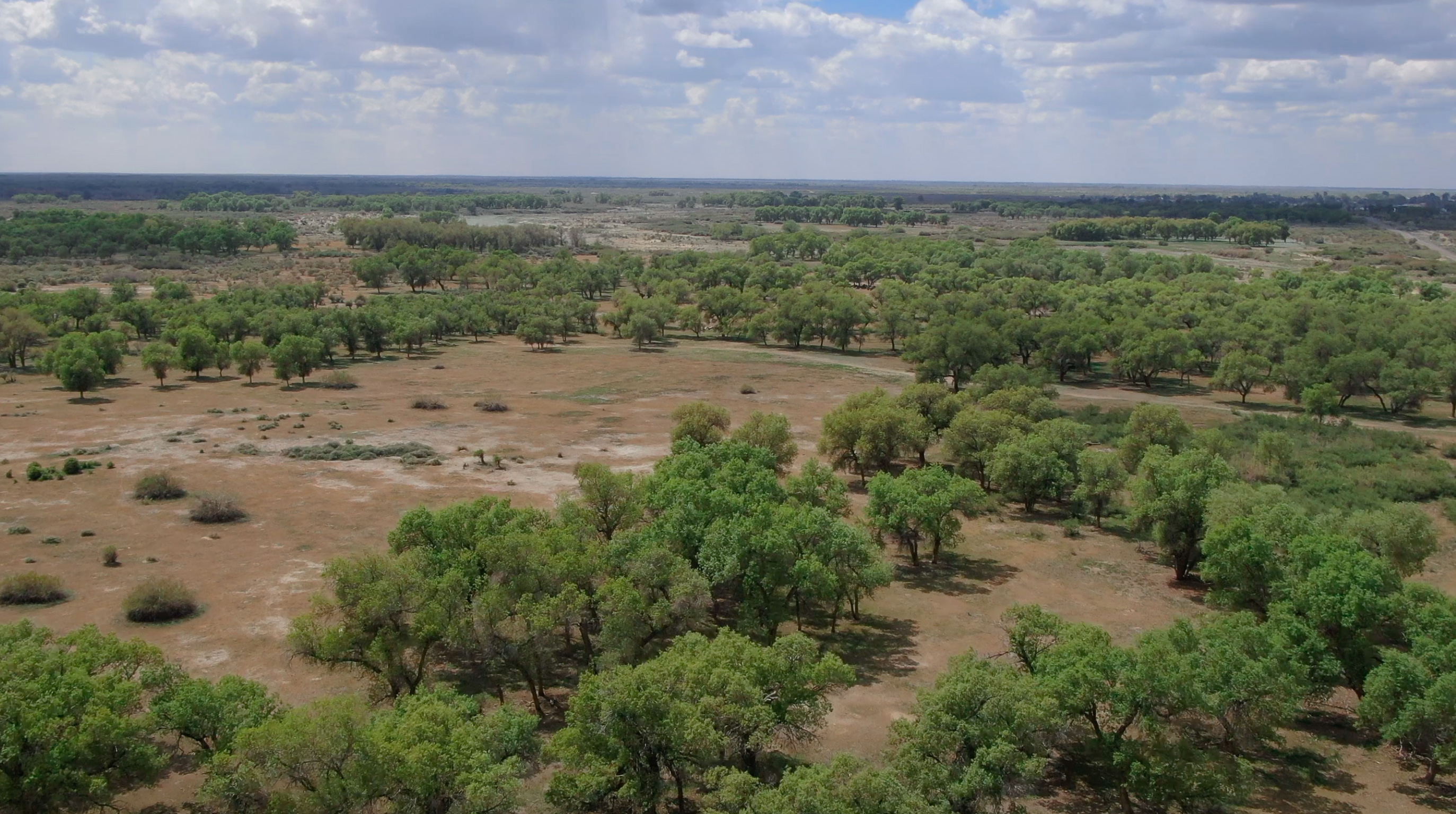
During the three years of the project implementation, a concept was developed for HCVF categorization in Kazakhstan which is based on the analysis and assessment of the state of the country's forest fund. The implementation of the Concept will help Kazakhstan identify both high value forests and additional measures for their conservation in the course of forestry activities.
In total, the HCVF is divided into six categories, whose definitions took account of international legislation and Kazakhstan legislation, as well as the results of scientific and socio-economic research.
New tools for forest protections and conservation
According to Nurlan Suleimenov, Deputy Director of the Kazakh Forestry Enterprise, the work on HCVF categorization is of great value in the field of forest protection and can bring economic benefits to Kazakhstan.
"To date, the project has covered eight pilot forestry enterprises of Kazakhstan, where work is being carried out to categorize high conservation value forests. These data can serve as a basis for voluntary forest certification, for example, according to the scheme of the Forest Stewardship Council (FSC), in case of its development in Kazakhstan," says Nurlan Suleimenov.
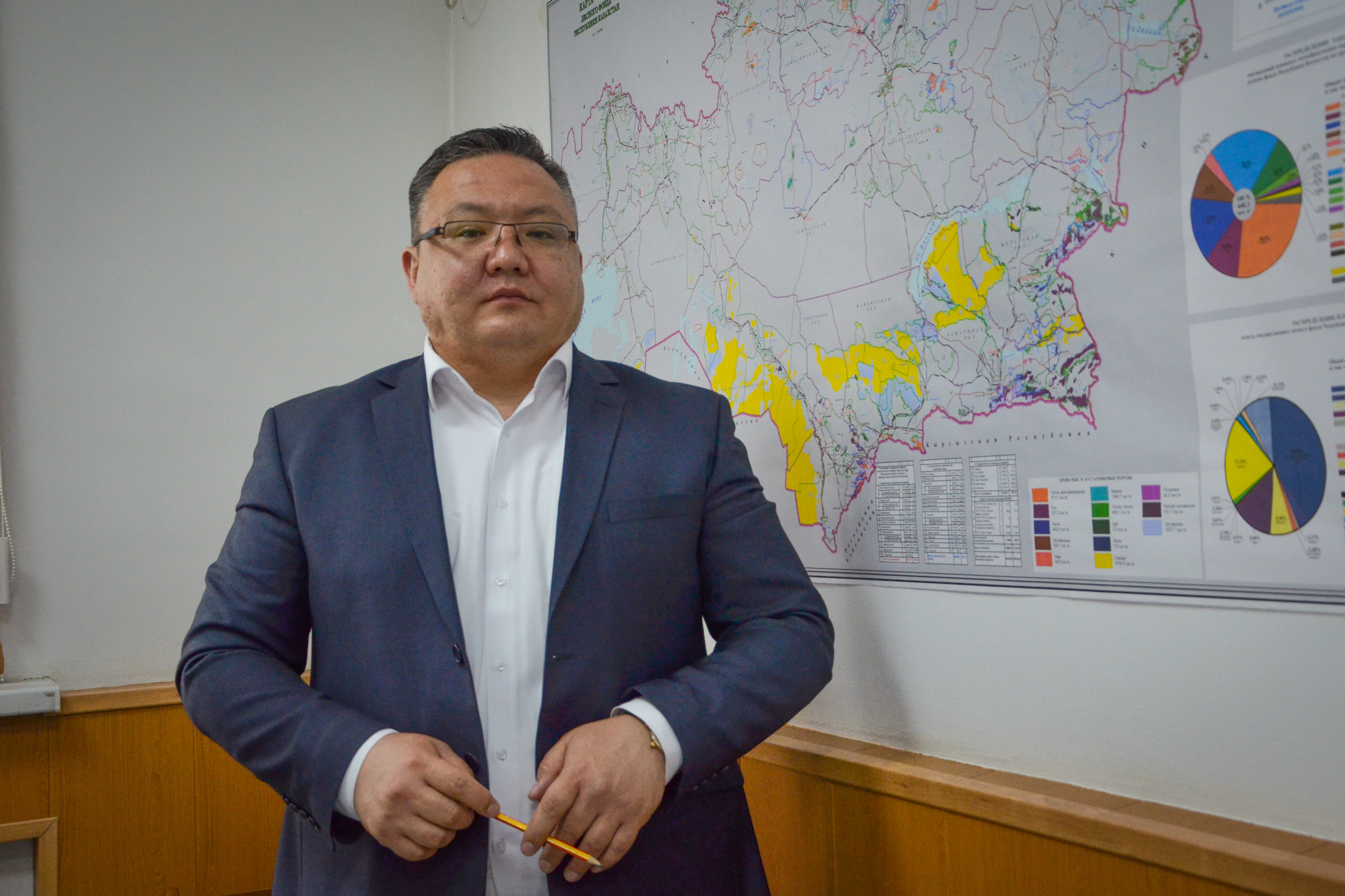


The labeling of forest products with the FSC certificate implies that they are obtained in forests where the balance of social, economic and environmental principles of forest management is observed.
In Zharkent forestry in Zhetysu region, the work on HCVF categorization has already been completed. To date, 35 percent of the forestry territory is covered by mountains, floodplains and saxaul forests. The saxaul forests make up more than half the forestry fund –covering 32,000 ha while mountain forests occupy 8,000 ha. In addition to the saxaul, the forest fund is represented by such valuable species as the turanga, feathery elm, Tianshan fir.
Bauyrzhan Tuyebayev, Deputy Director of Zharkent Forestry, believes that the forest categorization will have a positive impact on the targeted use of forests and their management.
"UNDP experts have categorized forests that need the most attention, providing them with proper protection. These forests are not only represented by particularly valuable tree species, such as turanga and feathery elm, they are home to some of the International Union for Conservation of Nature's Red List of Threatened Species that are of particular value to the world's biodiversity," says Bauyrzhan Tuyebayev.
He notes that today in Kazakhstan forest ecosystems include not only forests, but also pasture lands, which are most often used for cattle grazing. Use of state forest fund lands by the rural population for pastures is widespread in Kazakhstan. However, due to the lack of regulations for forest management, this practice has negative consequences, such as land degradation.
The introduction of the concept of HCV and voluntary FSC forest certification in the forest sector of Kazakhstan will enable another step to be taken towards sustainable management of forest resources and towards ensuring a balance between the interests of local communities, conservation of biodiversity and the ecosystem functions of forests.
Developing eco-tourism can bring rural populations economic benefits
One of these opportunities is the development of ecotourism. In recent years, the role of forests as objects of recreation and tourism has been rapidly increasing. Kazakhstan has great potential for ecotourism development due to its vast natural territories, the diversity of flora and fauna, natural monuments and sites with UNESCO World Heritage status. Therefore, the Concept also proposes to monetize HCVF in protected areas near the places where the rural people live.
Today, rural people have the least economic stability being often without a permanent source of income, while forest institutions do not have the opportunity to receive income from the use of forest resources. However, as practice shows, in recent years there has been a trend towards tourism in Kazakhstan, including eco-tourism – the country is of interest to foreign tourists due to the diversity of its natural landscapes.
The introduction and use of the HCVF Concept will help to introduce a new approach whereby valuable forests in protected areas and forestry enterprises could contribute to the empowerment of local communities, taking into account the conservation of valuable sites of the country's natural, historical and cultural heritage.
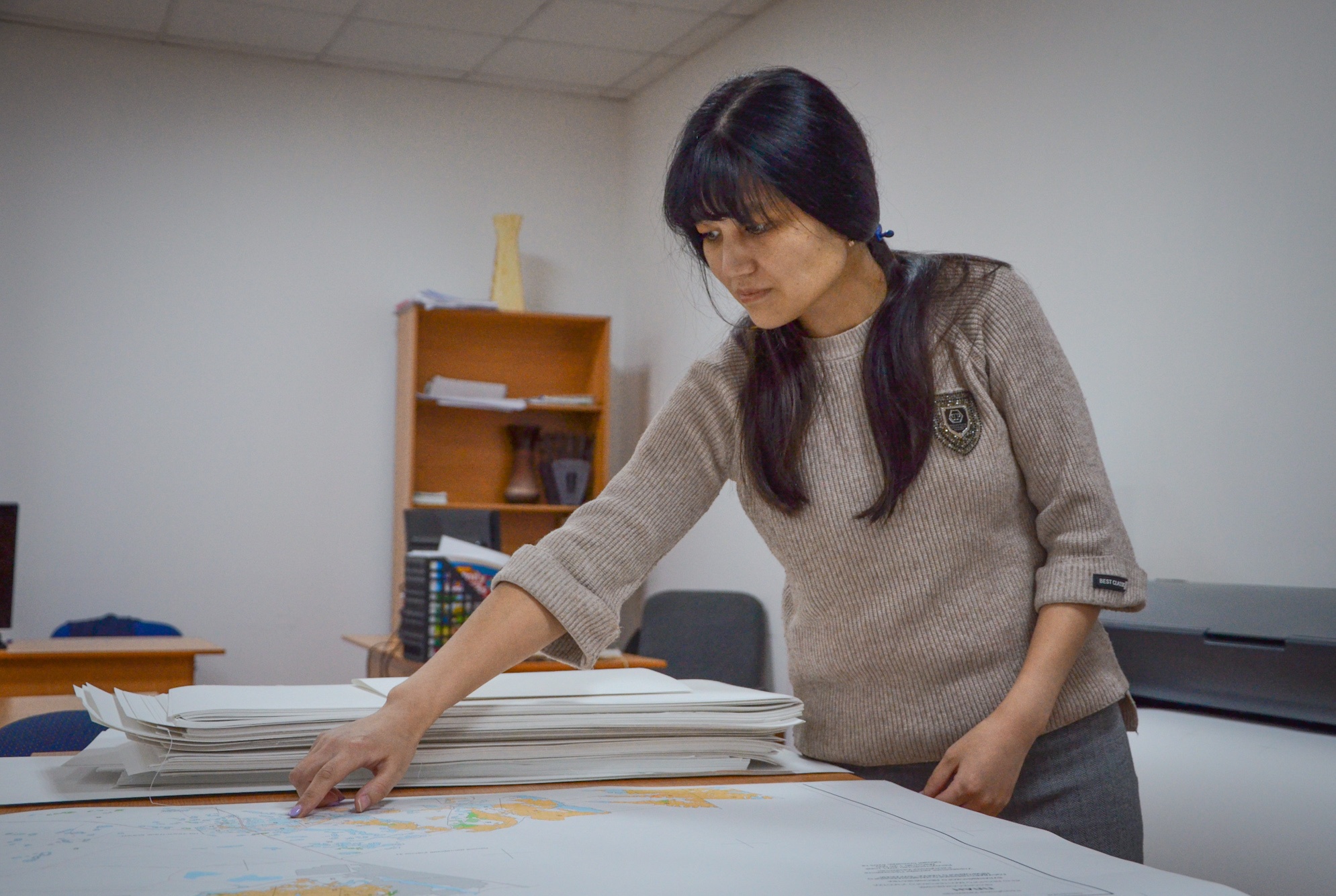


“Certification of forests will open up new opportunities for developing ecotourism in Kazakhstan, thereby bringing economic benefits to the local population,” adds Nurlan Suleimenov.
The time has come when, through maintaining a balance between people and nature, humanity can move to the monetization of forest resources, receiving benefits for a worthy sustainable future.
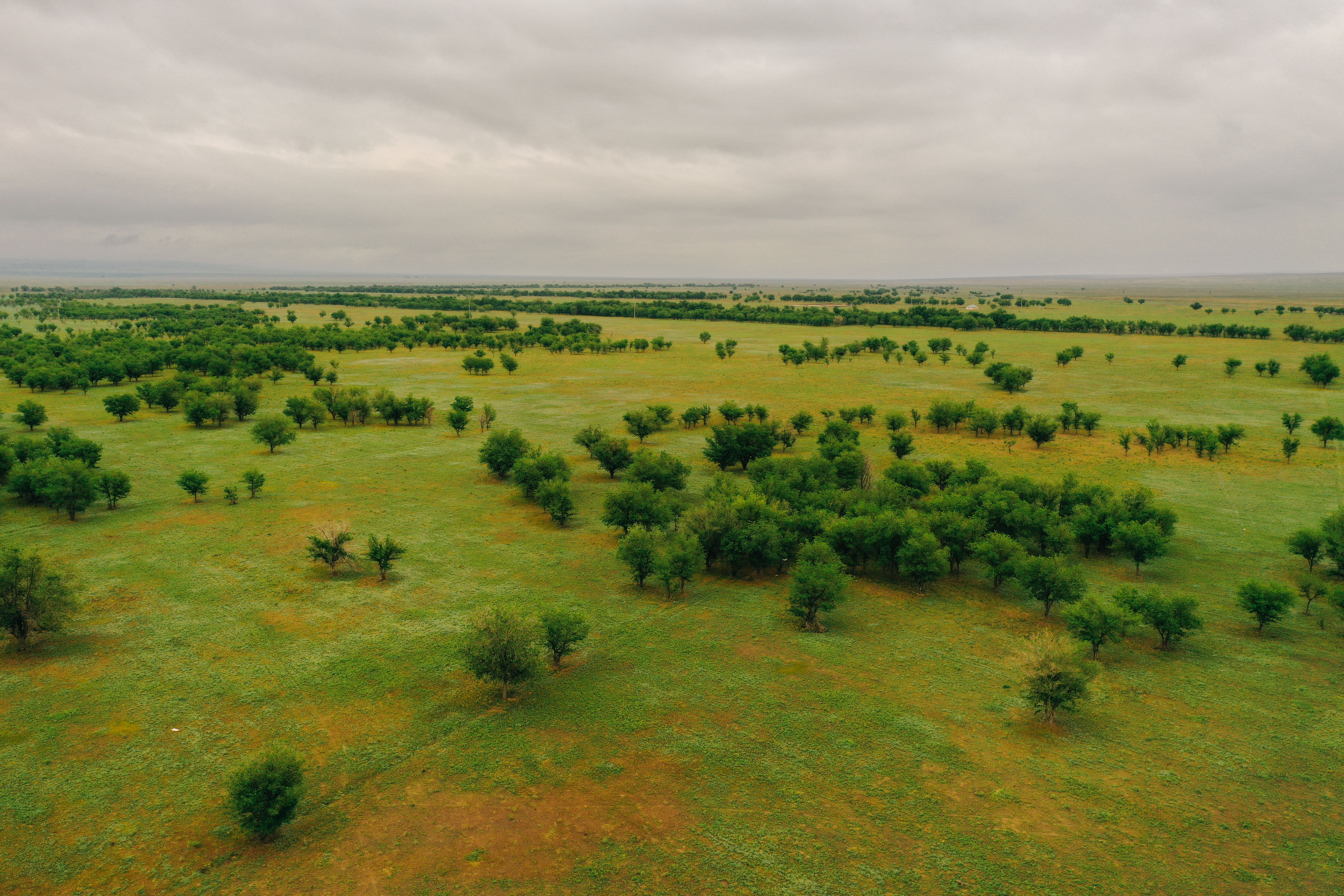
The HCVF Concept is included in the list of business tools to achieve Sustainable Development Goal 15, “Protect, restore and promote sustainable use of terrestrial ecosystems, sustainably manage forests, combat desertification, and halt and reverse land degradation and stop biodiversity loss”.

 Locations
Locations







